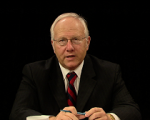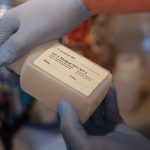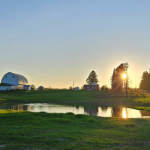Infrastructure Funds Impact Entire State
Every person, every region in state helped. Yet package divided state's congressional delegation.
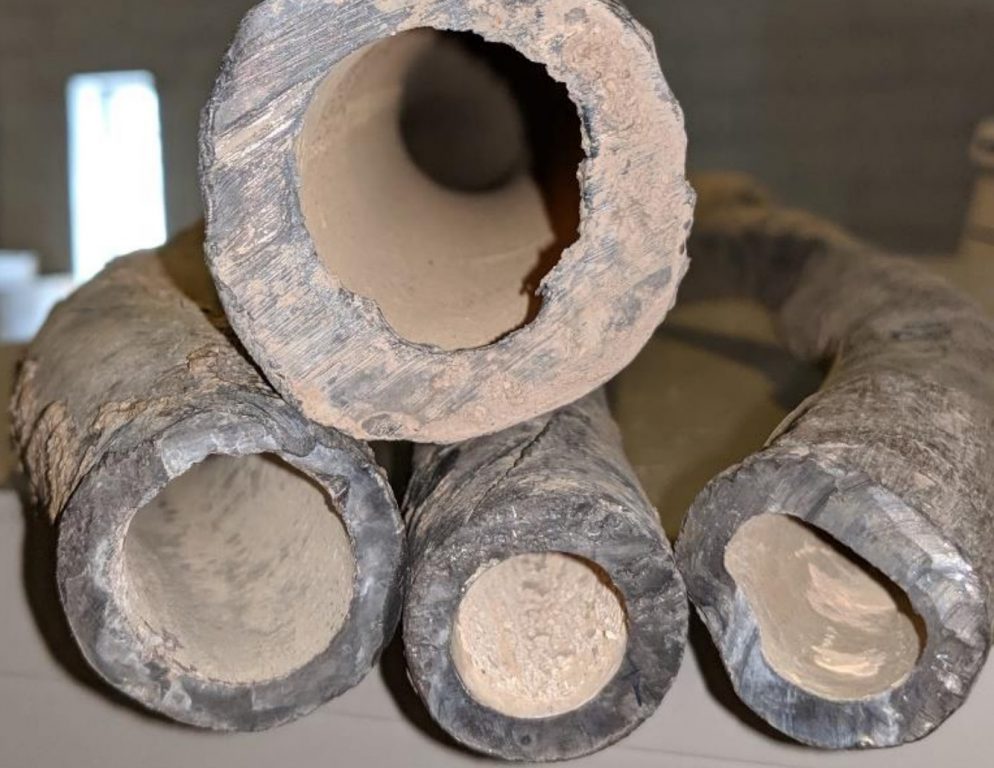
Lead service lines replaced by the Milwaukee Water Works with corrosion control visible in pipe. Image from Milwaukee Water Works.
It divided Wisconsin’s Congressional delegation – all Democrats in favor and Republicans opposed – but the new $1.2 trillion infrastructure package will touch every part of the state and every resident in one way or another.
Want safer, improved Wisconsin highways and rebuilt bridges? “Wisconsin could expect to receive approximately $1.1 billion in new funding over five years – an increase of about 25%,” Transportation Secretary Craig Thompson said. “In addition, Wisconsin would receive an estimated $225 million for bridge replacement and repairs.”
“As auto manufacturers transition to producing more electric vehicles, this funding will better position Wisconsin to accommodate the increased need for electric vehicle infrastructure for motorists and businesses,” he added.
Want improved bus service in communities – Milwaukee County and Madison, especially? The infrastructure package includes $158 million more over the next five years for bus systems, according to a summary by the nonpartisan Legislative Fiscal Bureau (LFB).
“That amounts to an increase of about 30% in the first year and about 2% each subsequent year,” Thompon said.
Want Broadband expanded to rural corners of Wisconsin? Internet access is so expensive, and yet so crucial to the economic viability of those regions, that governments must subsidize it. Wisconsin could get an additional $1.1 billion more in upcoming years to expand Broadband, the Fiscal Bureau reported. Wisconsin could also get $270 million more to subsidize what Broadband costs low-income residents, and $30 million to improve access to it.
Got a neighbor or family member whose income may qualify for weatherization programs to help their home conserve energy? The infrastructure package includes $132 million more in federal aid for weatherization programs, although it is not known over how many years that aid will be distributed. By comparison, federal weatherization aid totaled $21.8 million in 2019-20; utilities contributed $56.2 million more that year.
Worried about cybersecurity? The infrastructure package would give Wisconsin $19.1 million over four years to strengthen protective systems. It would also let Wisconsin utilities apply for separate cybersecurity grants.
Worried about the increasing number of homes and businesses whose drinking water shows levels of toxic chemicals? The infrastructure package authorizes about $210 million more in federal aid over five years for clean water and safe drinking water grants, which require some state matching dollars.
And regulating PFAs — the so-called “forever chemicals” found in northeast Wisconsin, in Dane County’s lakes and other parts of the state — would be funded by $95 million for “emerging contaminants.”
Is your home, or a neighbor’s home, one of the estimated 219,000 statewide with dangerous lead-lined pipes? Infrastructure funds will give Wisconsin about $255 million — or $51 million per year for five years — to replace those lead pipes, the Fiscal Bureau estimated..
But Republican Rep. Scott Fitzgerald voted no because the package “spends only a fraction of funds on fixing roads, bridges and major projects that the American people generally consider infrastructure.”
Democrats “need to reign in their out-of-control spending,” Fitzgerald added. “The American people cannot afford the debt of their socialist agenda.”
Republican Rep. Bryan Steil explained his no vote: “We should be making investments in our nation’s infrastructure, but through a smart, targeted approach that is focused on real infrastructure. Unfortunately, this bill is not paid for, will fund Green New Deal subsidies, and only directs a small portion of spending towards improving our roads and bridges.”
Oh, and one other part of the funding: if you’re one of the 16,000 Wisconsin drivers who hit a deer last year, the infrastructure package includes $350 million through 2026 to fund new ways to decrease the number of wildlife/vehicle crashes nationwide.
Bambi must be part of our infrastructure.
Steven Walters started covering the Capitol in 1988. Contact him at stevenscotwalters@gmail.com
If you think stories like this are important, become a member of Urban Milwaukee and help support real, independent journalism. Plus you get some cool added benefits.
More about the Lead Crisis
- Gov. Evers, DNR Announce More Than $159 Million to Ensure Clean, Safe Drinking Water for Wisconsinites in 29 Municipalities - Gov. Tony Evers - Dec 10th, 2025
- EPA Announces $3 Billion in New Funding for States to Reduce Lead in Drinking Water - U.S. Environmental Protection Agency - Nov 25th, 2025
- Wisconsin Communities Get $282 Million for Drinking Water Projects - Danielle Kaeding - Nov 19th, 2025
- MKE County: County Launches Lead Abatement Program - Graham Kilmer - Nov 9th, 2025
- Milwaukee County Launches Lead Remediation Program to Reduce Lead-Based Paint Hazards in Homes in Suburban Communities - David Crowley - Nov 5th, 2025
- Wisconsin Improves Child Lead Testing Rates, Urges Continued Testing and At-Home Prevention - Wisconsin Department of Health Services - Oct 21st, 2025
- City Hall: Milwaukee Must Replace 100 Lead Laterals Per Week To Meet 2025 Goal - Jeramey Jannene - Oct 1st, 2025
- MPS Clears Lead Risks from all Pre-1950 Elementary Buildings - Milwaukee Public Schools - Sep 5th, 2025
- MPS Issues Update on Lead Remediation Progress as New School Year Nears - Milwaukee Public Schools - Jul 31st, 2025
- Gov. Evers Approves Bill to Support Lead Service Line Replacement in Superior - Gov. Tony Evers - Jul 1st, 2025
Read more about Lead Crisis here
More about the PFAS Problem
- MKE County: County Seeks to Sue PFAS Producers, Oil Companies - Graham Kilmer - Dec 10th, 2025
- Wisconsin Reviewing EPA-Approved Pesticides For PFAS - Danielle Kaeding - Dec 9th, 2025
- State Nears Settlement with Johnson Controls/Tyco Over PFAS Spills - Danielle Kaeding - Dec 4th, 2025
- Senate Bill Promotes Soybean-Based Firefighting Foam to Replace PFAS - Danielle Kaeding - Dec 2nd, 2025
- Test Results Show High PFAS Levels in Wisconsin’s Landfill Runoff - Danielle Kaeding - Dec 2nd, 2025
- Wisconsin Communities Get $282 Million for Drinking Water Projects - Danielle Kaeding - Nov 19th, 2025
- Gov. Evers, DNR Announce $282 Million to Improve Drinking Water Quality for Wisconsinites in 74 Municipalities - Gov. Tony Evers - Nov 18th, 2025
- Cleanup of PFAS Could Cost Wisconsin Billions - Danielle Kaeding - Nov 13th, 2025
- Cleanup PFAS Without Penalizing Innocent Landowners - Wisconsin Manufacturers & Commerce - Nov 4th, 2025
- Wisconsin Lawmakers, DNR Clash Over PFAS Protections in GOP Bills - Danielle Kaeding - Oct 8th, 2025
Read more about PFAS Problem here
The State of Politics
-
RNC Brings Fame to Gen Z Party Leader
 Jul 15th, 2024 by Steven Walters
Jul 15th, 2024 by Steven Walters
-
Wisconsin’s Republican Roots Run Deep
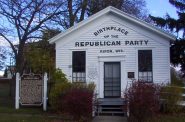 Jul 8th, 2024 by Steven Walters
Jul 8th, 2024 by Steven Walters
-
Feuding Supreme Court Justices Need a Break
 Jul 1st, 2024 by Steven Walters
Jul 1st, 2024 by Steven Walters

